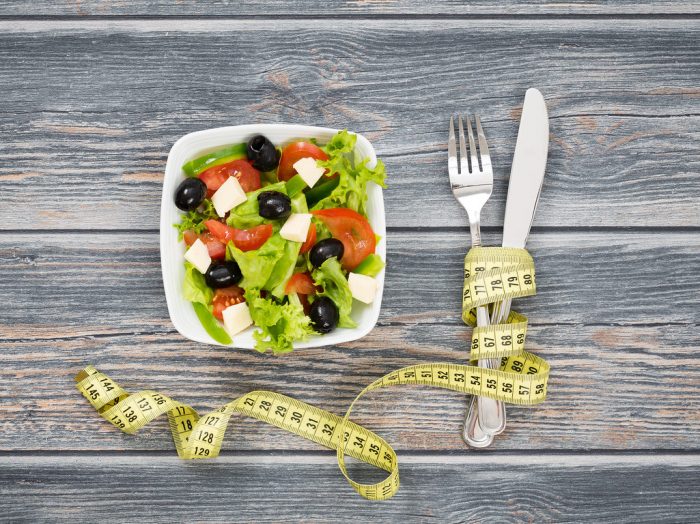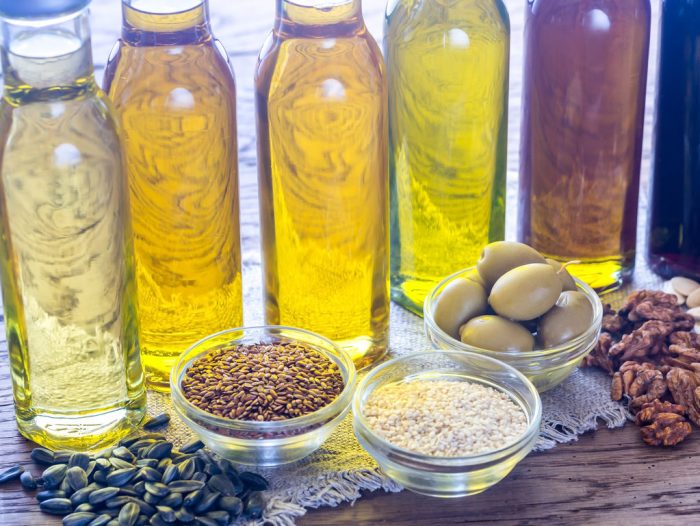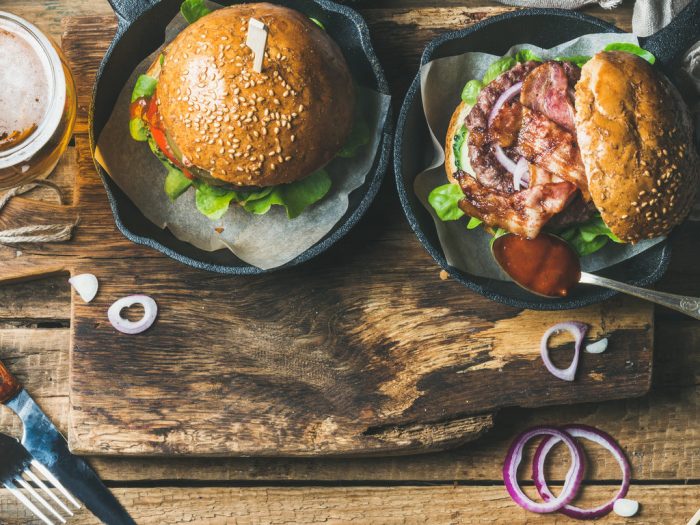Whenever we have company, we pay a lot more attention to the visual aspect of the food. If you learn how to chiffonade leafy greens like basil, kale, or spinach, then this technique will add a bit of oomph to your dishes.
What is to chiffonade, you ask? I only recently found out, even though I had been practicing for a while, unaware that it had such a fancy, French name. On a vocabulary side note, it sounds fancy, but it’s not. In French, chiffonade means “made of rags”.
Chiffonade is the technique through which you can transform leaves into long, thin ribbons. It’s a simple, yet effective process, which you will pick up in no time.
It’s used a lot for basil, and for adding that fresh, extra flavor at the final stage of cooking. But it also works well with mint, sage, arugula, spinach, and kale. Or with completely different dishes like omelets or crepes!
We will demonstrate this using basil leaves. And you can adapt this to your specific needs.
How to chiffonade in 6 easy steps
1. Gather your necessary tools
For a successful chiffonade, you will need the leafy green to chiffonade, a cutting board, and a very sharp knife. The knife should be sharp especially for basil. If your knife is dull, it’s hard not to bruise the leaves and slice them cleanly.
2. Wash the leaves
When working with veggies or fruits, that’s always a very important step! So wash them thoroughly. After washing, cut off any stems that might still be attached.
3. Stack the leaves
Gather a few of the leaves and stack them neatly on top of each other. For each of the leaves, the top of the leaf should be down, and the underside should be up. The leaves should end up cupping each other.
4. Roll the leaves
Roll the leaves stack into a cylinder that looks like a cigar. For this, it’s best that you group leaves of similar sizes. But it’s not mandatory. Hold the cylinder tight on the cutting board so it doesn’t disintegrate.
5. Slice
Using the sharp knife, thinly slice the cylinder of rolled basil leaves. Start at one end. Don’t stop until you’ve reached the other end.
6. Use ribbons
If you want to use the basil ribbons in dishes, wait until you’ve cooked them almost completely. And add the ribbons at the end. Because basil is best when consumed raw, but at the same time, the heat from your dish will make the basil flavor come alive!






